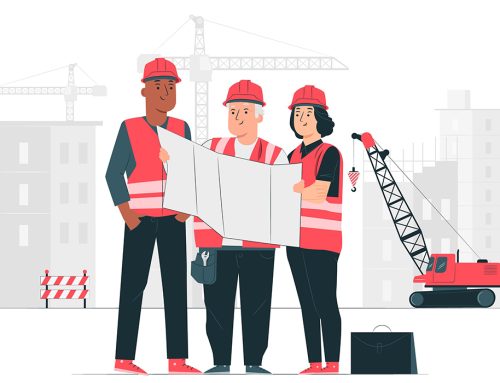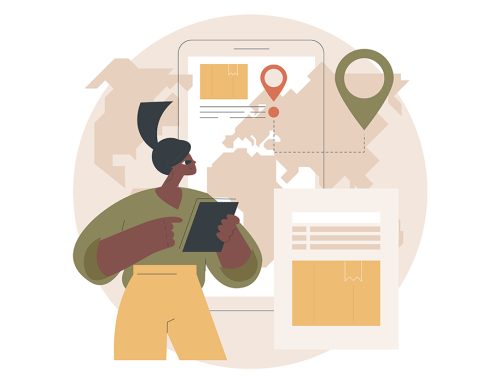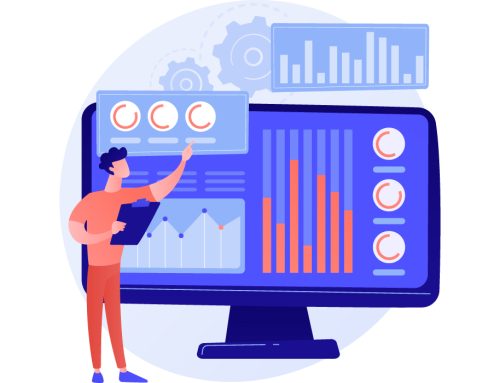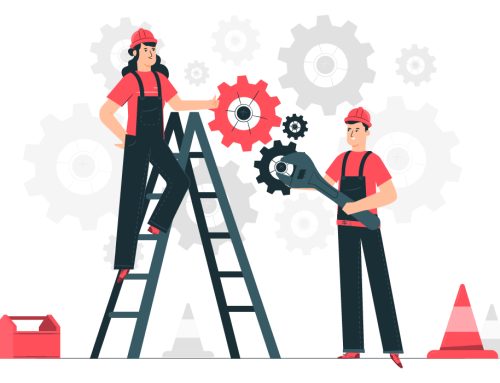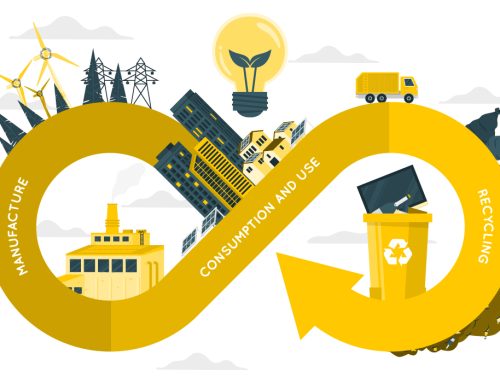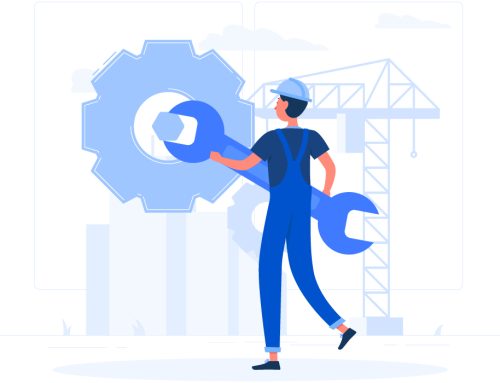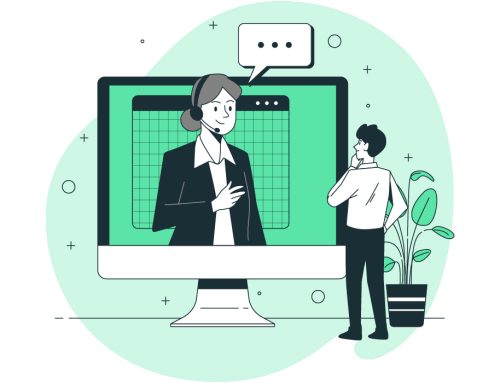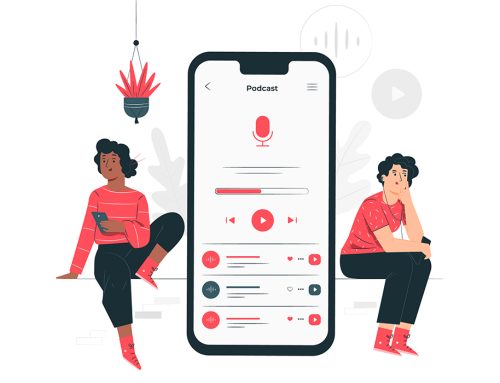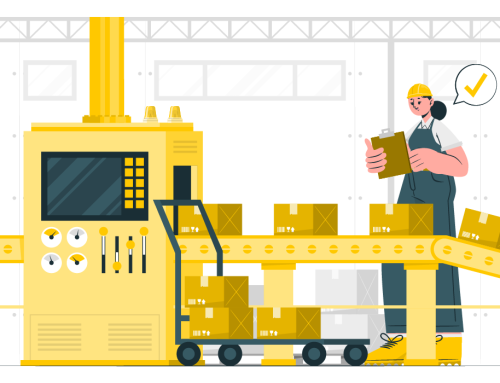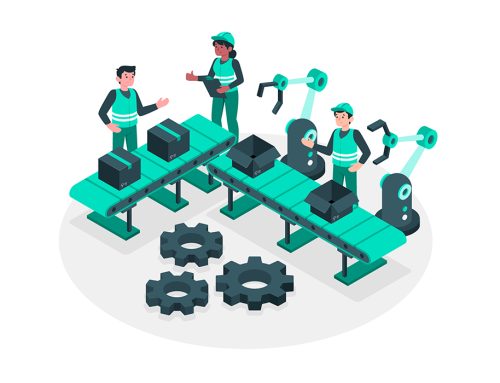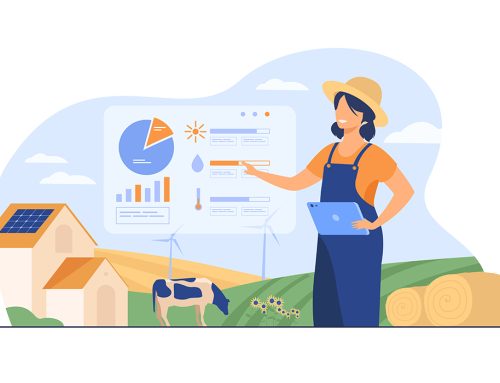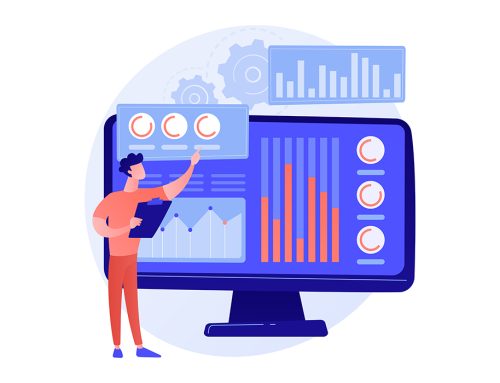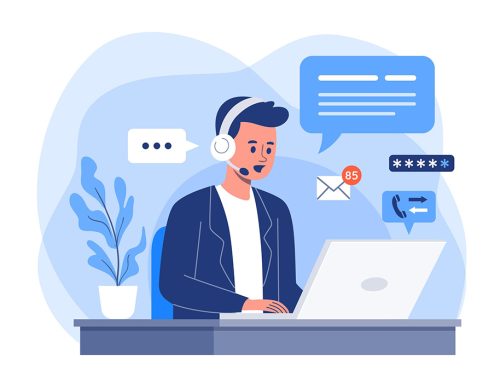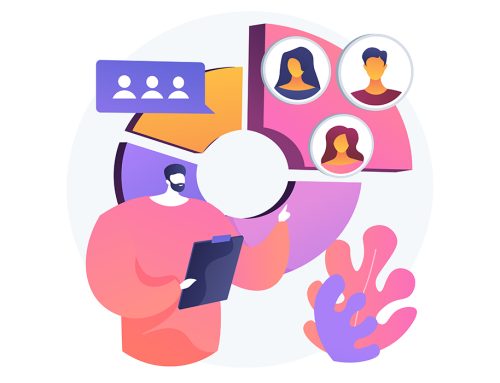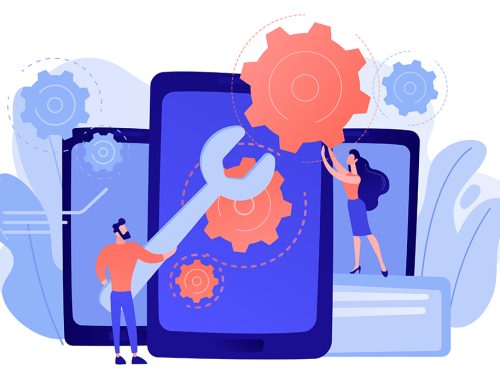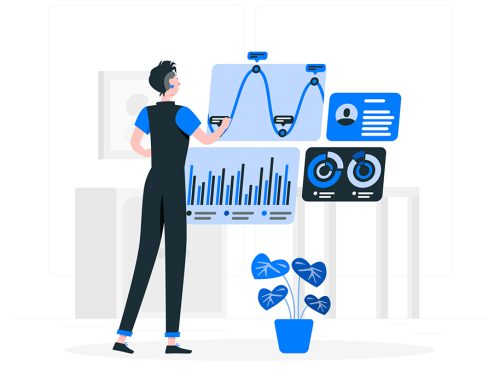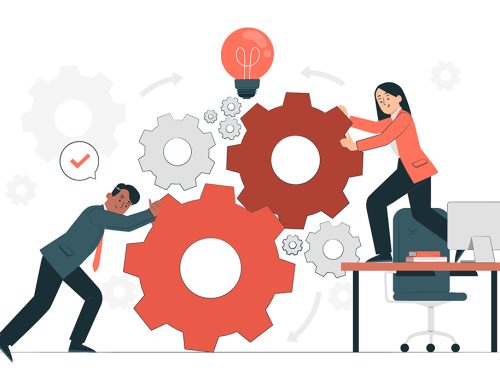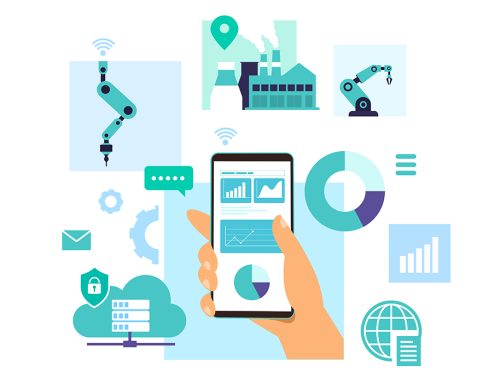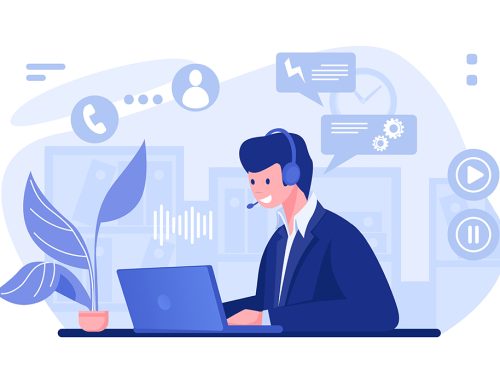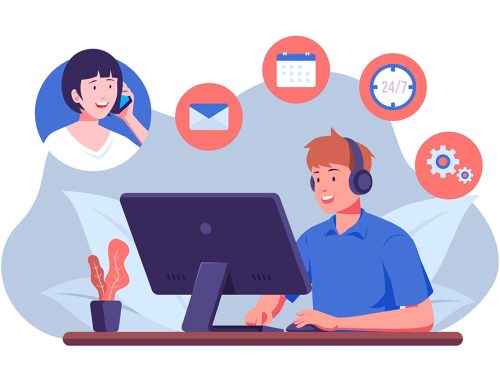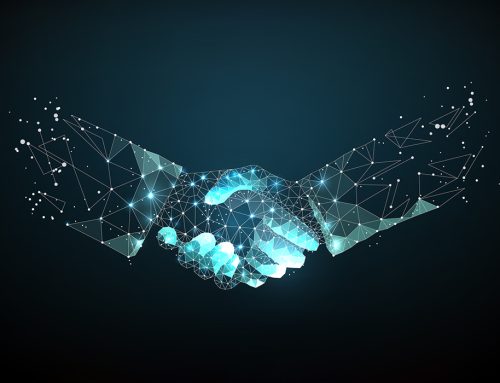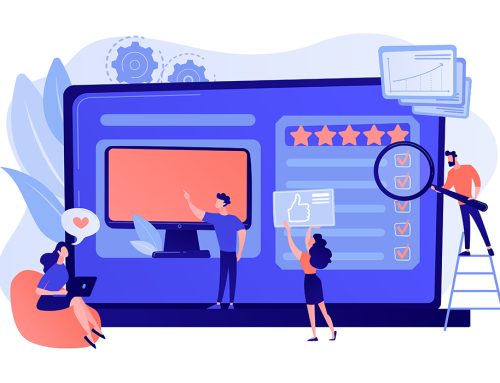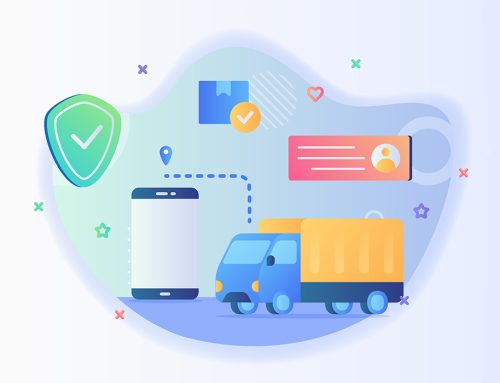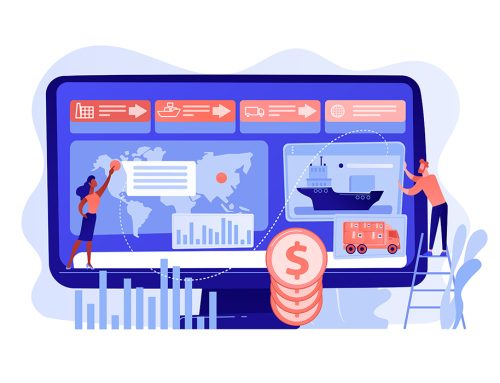Maintenance technicians are busy feeling their way around a new power station in northern Finland – even though the plant hasn’t been built yet.
Author | Copperberg
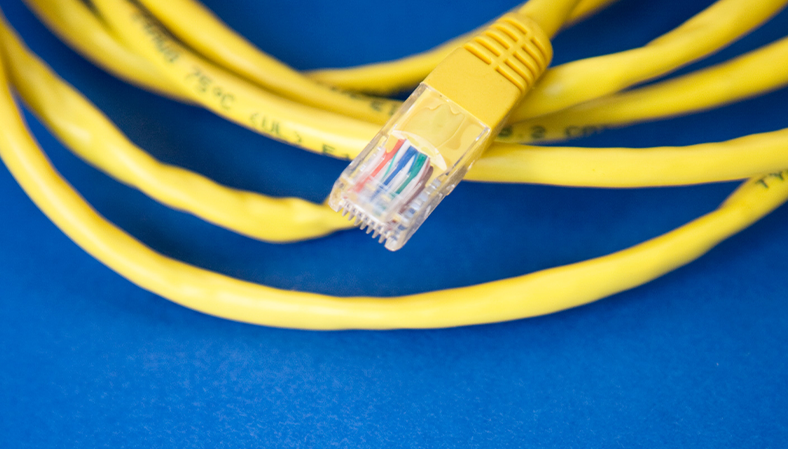
They’re part of a team that’s breaking new ground with augmented reality (AR) technology, working within a virtual model of the facility, even “walking” its rooms and machinery two years before it’s completed.
In this digital environment the technicians are familiarising themselves with the Oulu Energy Co power station’s layout and using the platform to make alterations to its design before construction begins next year.
“It means there are no delays and there is no downtime when the plant eventually opens, the engineers will know every centimetre of it when it’s open,” explained Mika Karaila, research director at Valmet, the Finnish services and automation firm that’s developing the power station and which created the software for the. “They are designing everything there.”
Karaila is a leading expert in the application of AR, and its cousins virtual reality (VR) and mixed reality (MR) to maintenance and support services, a subject he elaborated on in detail at Aftermarket 2018. He foresees a future in which crucial training and maintenance will be carried out remotely and virtually.
“The technology is there already and we are using it,” he said.
For more than 30 years, Karaila has been developing and putting into operation distributed control systems and integrated controls systems, and has more recently turned to artificial intelligence and visual technologies.
In his presentation, Karaila donned a pair of high-tech digital glasses and headset to demonstrate how the Valmet software can add virtual elements to a real-life environment. Via a giant video screen linked to Karaila’s headset, assembled delegates watched a huge paper processing machine materialise in the room. As Karaila walked around, his view of the digitally visualised machine adjusted accordingly.
Still in its infancy, the technology is being driven mostly by the gaming industry, where players demand increasingly immersive and life-like experiences. But Karaila says AR, MR and VR’s application in industry will grow in sophistication as it becomes more widely adopted.
Its potential for field services and aftermarket services are enormous, he said.
“Facilities that are located many miles away can be monitored remotely,” he explained. “That, we can do now, but in the not too distant future it could be used so that an engineer can be at a facility as a telepresence, guiding the actions of a technician at the facility in repairs and maintenance.”
Lasse Laanikari, head of area customer service management at Liebherr, said the technology would be suitable for his company.
“I see training benefits in this,” Laanikari said. “We have earth movers 3,000 kilometres from our base, which we may see once a year and when we send a technicians they may never have seen it before. They may travel there and realise they do not have what they need for the job. So you stay there, wait for someone to ship it over and start again. This could offer expert help in the field when they operators don’t know what to do.”
The Valmet technology enables collaboration between multiple engineers in the same virtual space. In a demonstration, Karaila showed how other team members are represented as simple plain head-and-shoulders avatars. But he said soon the software will be able to project images of those individuals’ faces onto their digital forms.
“Eventually, of course, we will be able to use this software in conjunction with robots to perform repair and maintenance tasks remotely,” Karaila said. “The possibilities are endless.”



